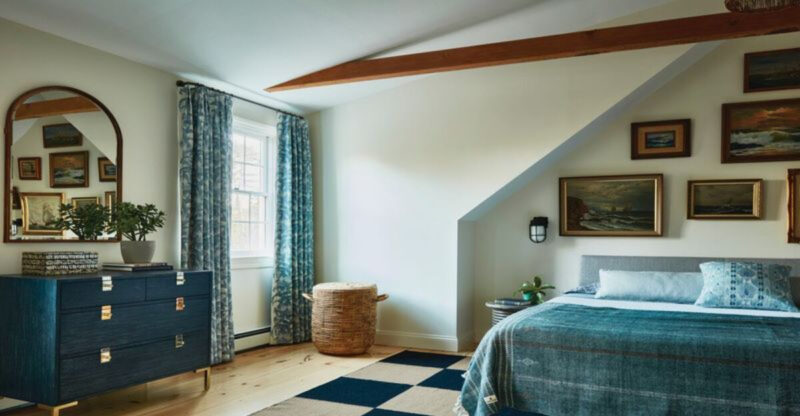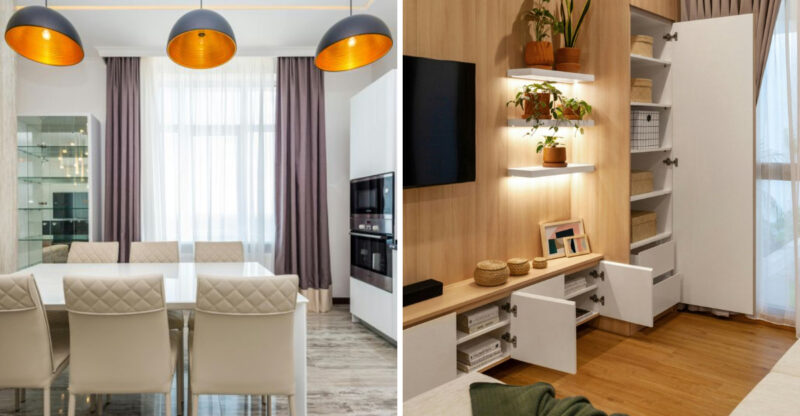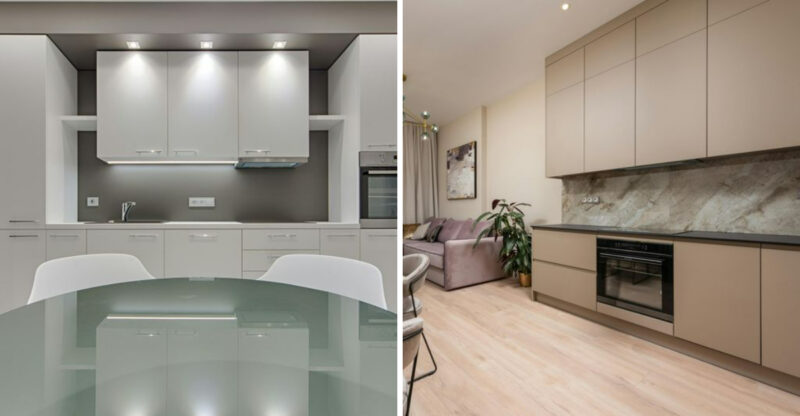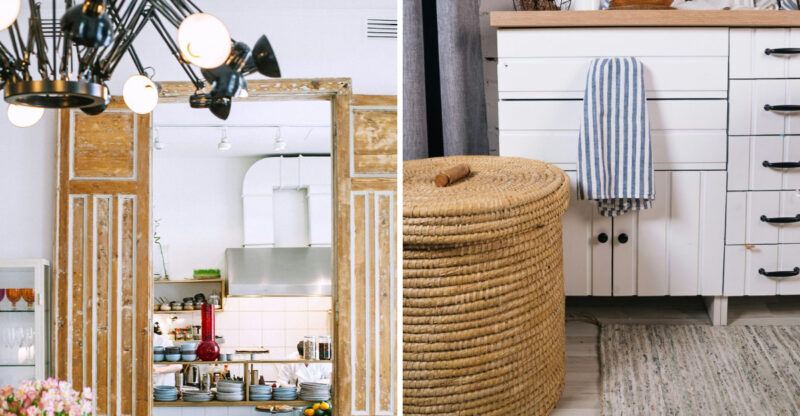12 Things Rich People Always Notice In A Poorly Decorated Home But Never Say Out Loud
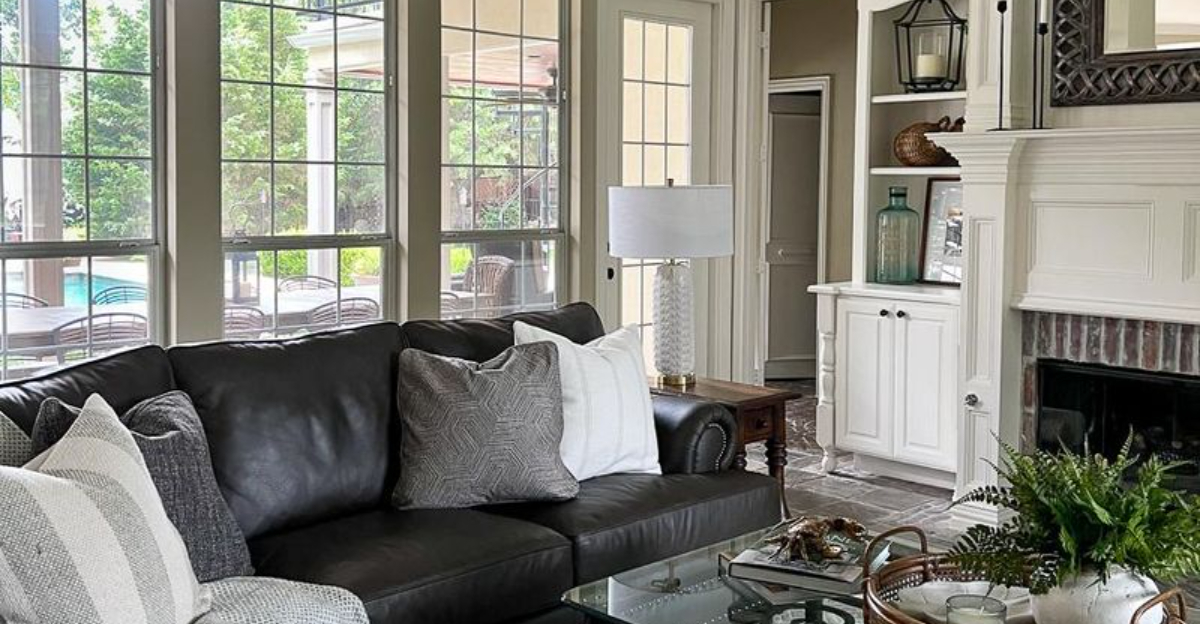
Ever wondered what wealthy visitors might secretly think about your home decor? While they might smile politely, their trained eyes notice details many of us overlook.
Years of living among luxury properties and professionally designed spaces have given them a sharp sense for decorating missteps.
Let’s explore what affluent people immediately spot but graciously keep to themselves when visiting a poorly decorated home.
1. Color Mismatches
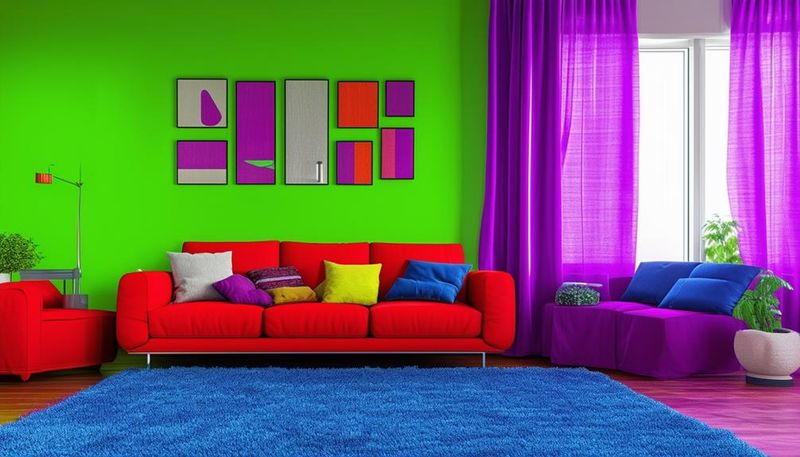
Walking into a room with clashing colors makes wealthy visitors mentally cringe. They’ve learned from their designers that harmonious color palettes create a sense of intentional design.
Most affluent homeowners work with color wheels and professional advice to ensure their spaces flow seamlessly. They notice when your neon green accents fight with burgundy walls or when your room contains seven competing colors without a unifying theme.
Wealthy people understand that even budget-friendly homes can look expensive with a thoughtful, cohesive color scheme. They’re silently noting how a simple color correction could transform your space from chaotic to sophisticated.
2. Cheap Lighting Fixtures

Lighting fixtures are jewelry for rooms, and wealthy people spot builder-grade or discount store options immediately. The thin brass chandelier or plastic-rimmed ceiling lights scream budget constraints to their trained eyes.
Quality lighting creates ambiance and serves as statement pieces in well-designed homes. Rich homeowners invest thousands in custom or designer fixtures that complement their decor. They notice how harsh overhead lighting creates unflattering shadows and how the lack of layered lighting (floor lamps, table lamps, sconces) flattens your room’s dimension.
A single light source in the ceiling center particularly stands out as a missed opportunity to create depth and warmth.
3. Worn-Out Flooring
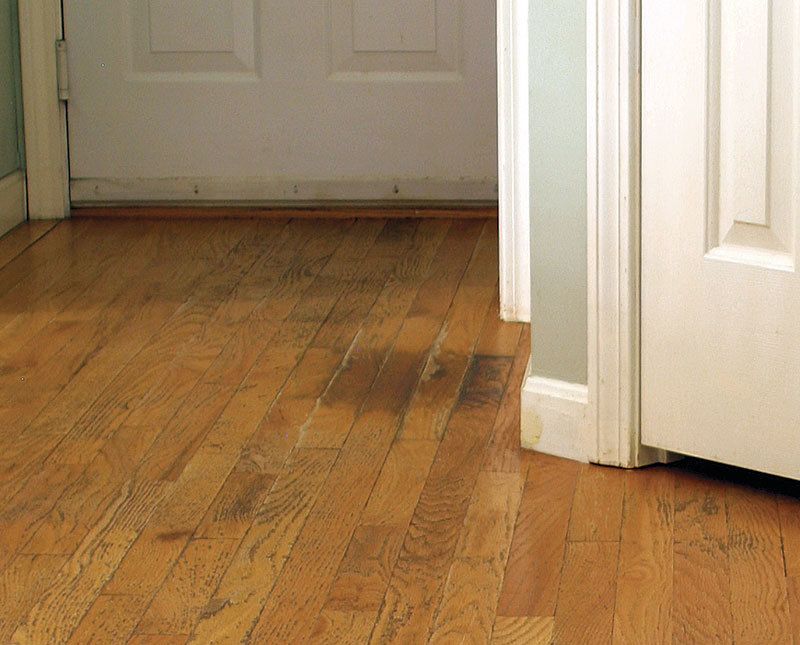
Scuffed laminate, stained carpets, or damaged vinyl flooring immediately catch a wealthy person’s attention. Their homes typically feature hardwood, marble, or high-end engineered materials that maintain their appearance for decades.
Rich people associate floor quality with foundational investment in a home. They silently notice the hollow sound of cheap flooring underfoot, uneven transitions between rooms, or dated materials like linoleum or wall-to-wall carpet.
Though they’d never comment, they’re mentally calculating how much your home’s value would increase with proper flooring. Even modest homes with well-maintained floors gain their approval, as quality flooring signals care and attention to essential elements.
4. Cluttered Corners
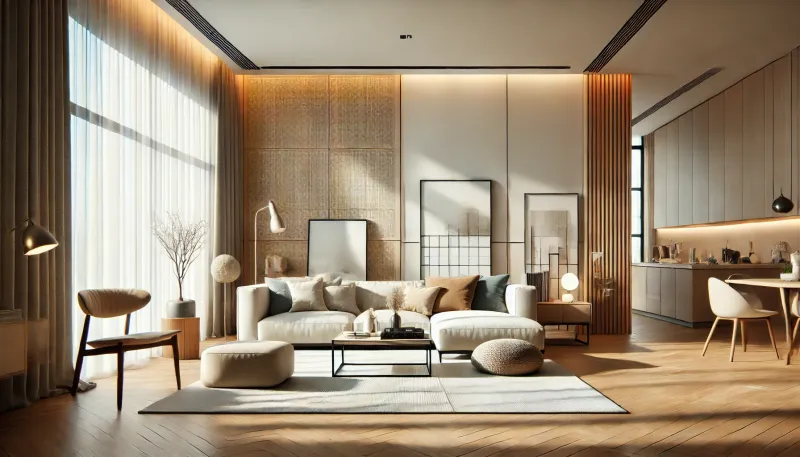
Wealthy homes breathe with intentional space. When visiting homes with stuffed corners, piled magazines, or visible storage solutions, affluent people notice immediately but politely avert their gaze. Minimalism isn’t necessarily their style, but purposeful placement is.
They’ve learned from interior designers that negative space enhances the items you choose to display. Corners crammed with random objects, exercise equipment, or storage bins signal to them a lack of proper storage planning. Most wealthy homeowners have designated spaces for everyday items and seasonal storage solutions that keep clutter contained.
They recognize that even modest homes can appear more luxurious when corners remain clean and thoughtfully decorated rather than becoming catchalls.
5. Broken Furniture Pieces
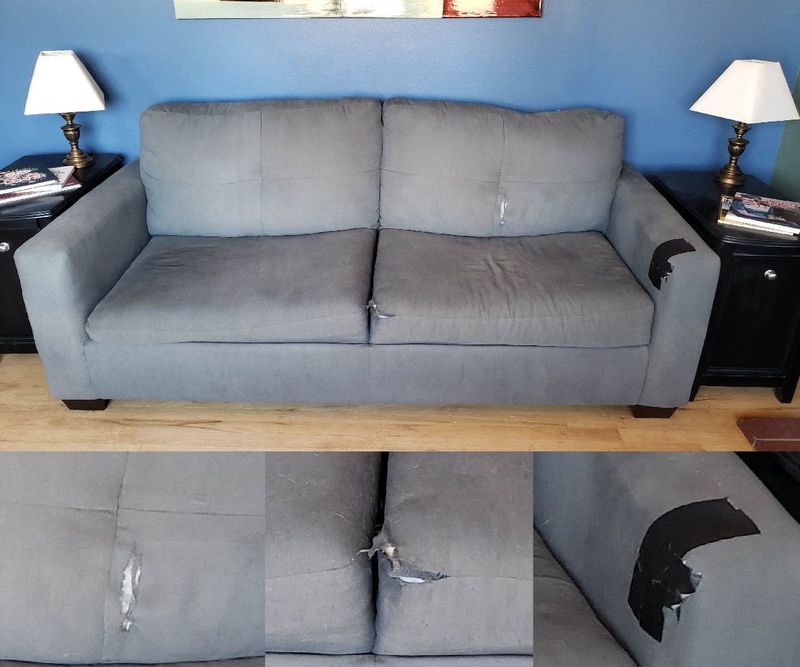
That slightly wobbly coffee table or chair with a loose leg might seem minor to you, but wealthy visitors spot these imperfections instantly. They’re accustomed to furniture that functions flawlessly and maintains its integrity over time.
Quality craftsmanship is something rich people invest in without hesitation. When they see a dresser with a missing handle, a table with water rings, or upholstery with visible wear, they notice these signs of neglect or compromise. If you’ve got a beautiful antique with some damage, they’ll appreciate its heritage.
However, mass-produced furniture showing early deterioration signals to them a pattern of choosing immediate affordability over lasting quality a mindset fundamentally different from wealth-building principles they follow.
6. Visible Cable Mess
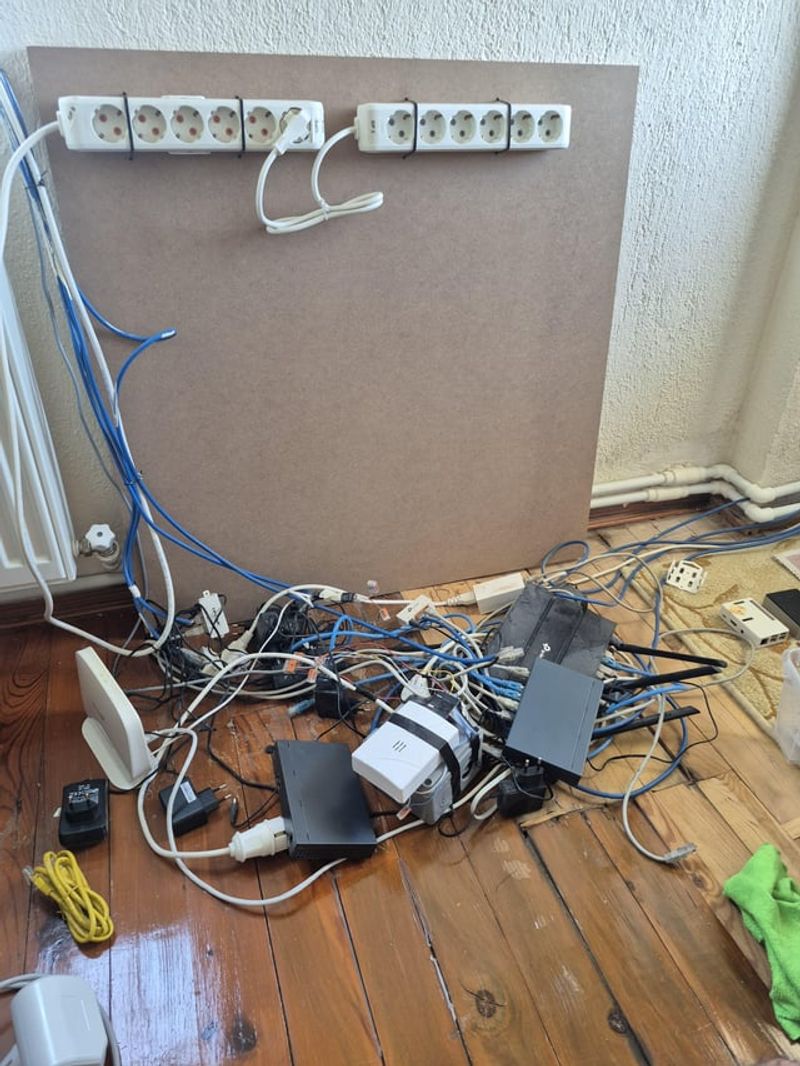
Exposed charging cables, tangled entertainment system wires, and visible power strips make wealthy visitors mentally redesign your space. Their homes feature hidden charging stations, in-wall cable management, and strategic furniture placement that conceals technological necessities.
This attention to technological tidiness comes from valuing both aesthetics and functionality equally. Rich homeowners often incorporate built-in solutions during renovations or invest in furniture with integrated cable management.
They understand our modern need for connectivity but believe it shouldn’t disrupt visual harmony. When they see a TV area with a spaghetti junction of visible cords or phone chargers snaking across countertops, they recognize a simple opportunity to elevate your space that has nothing to do with expensive purchases.
7. Tiny Rugs
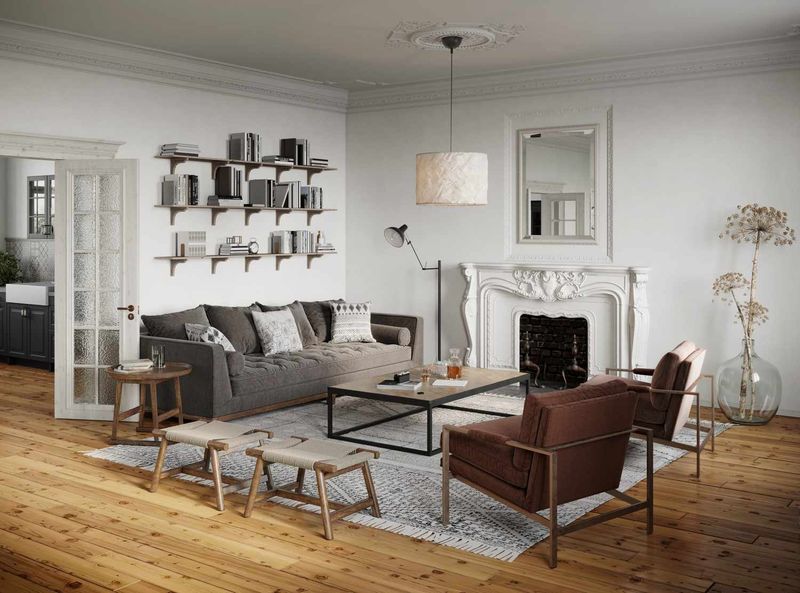
Undersized area rugs floating like islands in vast rooms immediately signal decorating inexperience to wealthy visitors. They’ve learned from designers that properly scaled rugs should anchor furniture arrangements and define living zones.
Rich homeowners invest in rugs that allow all furniture legs to rest comfortably on them, or at minimum, the front legs of seating pieces. When they see your 4×6 rug barely reaching beyond your coffee table in a spacious living room, they recognize a common mistake that undermines your entire design. Size matters more than material in this case.
A modestly priced but correctly sized rug creates more visual impact than an expensive but undersized one. This principle of proper scaling is fundamental in wealthy homes, where proportions are carefully considered.
8. Over-dominant Patterns

Loud wallpaper competing with boldly patterned furniture makes wealthy visitors feel visually overwhelmed. They’ve been taught that patterns should converse, not shout over each other in well-designed spaces.
Affluent homeowners typically follow the rule of varying pattern scales if using multiple patterns, they’ll mix small, medium, and large-scale designs that share a color story. When they see your floral sofa against geometric wallpaper near a striped rug, they’re noticing pattern competition that creates visual chaos. Money doesn’t dictate pattern sense, but education does.
Wealthy people often learn decorating principles from professionals. They understand that even inexpensive rooms can look sophisticated with thoughtful pattern restraint, allowing statement pieces to shine against quieter backgrounds rather than creating a visually exhausting environment.
9. No Focal Point

Rooms without a clear focal point feel aimless to wealthy visitors. Their trained eyes search for the anchoring element a statement fireplace, impressive artwork, or architectural feature that gives purpose to the space. Rich homeowners learn that rooms need hierarchy and intention.
When they enter your living area and see furniture arranged without an obvious centerpiece or direction, they notice the missed opportunity to create visual impact. Creating focal points doesn’t require wealth a thoughtfully arranged bookshelf, a striking mirror, or even a carefully positioned furniture grouping can establish room direction.
They recognize that focal points provide the starting place from which all other design decisions should flow, giving rooms the purposeful feeling that distinguishes thoughtful design from random furniture placement.
10. Outdated Drapery
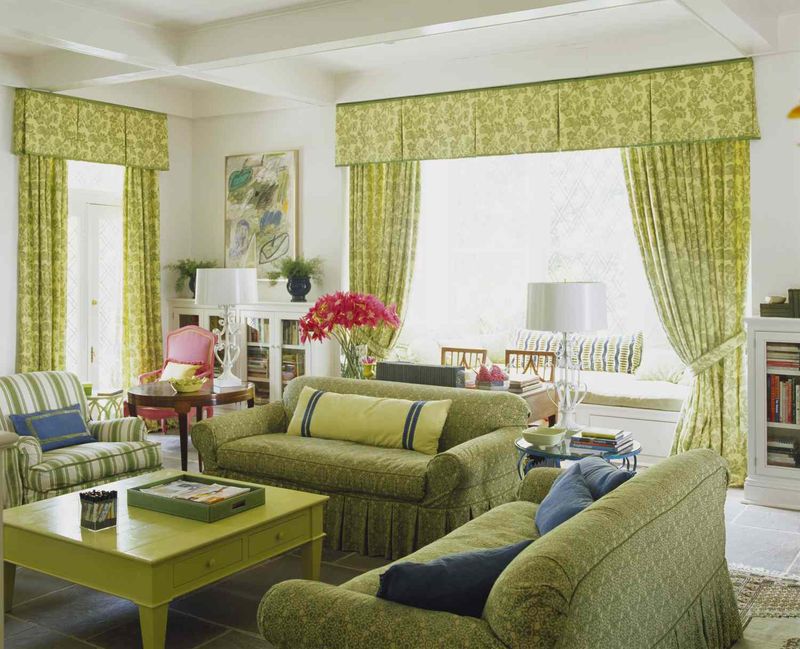
Those floral valances or dusty vertical blinds from decades past immediately date your home in wealthy eyes. Window treatments frame views and finish rooms elements rich homeowners refresh regularly to maintain current style.
Affluent visitors notice when curtains barely reach the windowsill instead of properly touching the floor. They spot cheap mini-blinds, mismatched window coverings throughout the home, or the complete absence of window treatments leaving rooms looking unfinished. Simple, neutral panels hanging from ceiling height to floor create an elevated look even on a budget.
Wealthy people understand this transformative power of proper window dressing how it can make ceilings appear higher, windows seem larger, and rooms feel complete. Their silence on your outdated choices comes from politeness, not lack of notice.
11. Unbalanced Furniture Layout

Furniture pushed against walls creating a cavernous middle space makes wealthy visitors mentally rearrange your room. They’ve learned that conversation areas should bring people together rather than forcing them to shout across vast distances.
Rich homeowners understand the principle of balanced distribution creating intimate groupings that facilitate interaction while maintaining flow. When they see your sofa isolated against one wall with chairs stranded across the room, they notice how this arrangement inhibits connection and creates awkward empty zones. Proper furniture arrangement has nothing to do with price tags.
Even modest pieces can create welcoming, functional spaces when thoughtfully positioned. Wealthy people silently observe how pulling furniture away from walls, creating conversation circles, and considering traffic patterns could transform your room’s functionality without spending a dime.
12. Lack of Texture
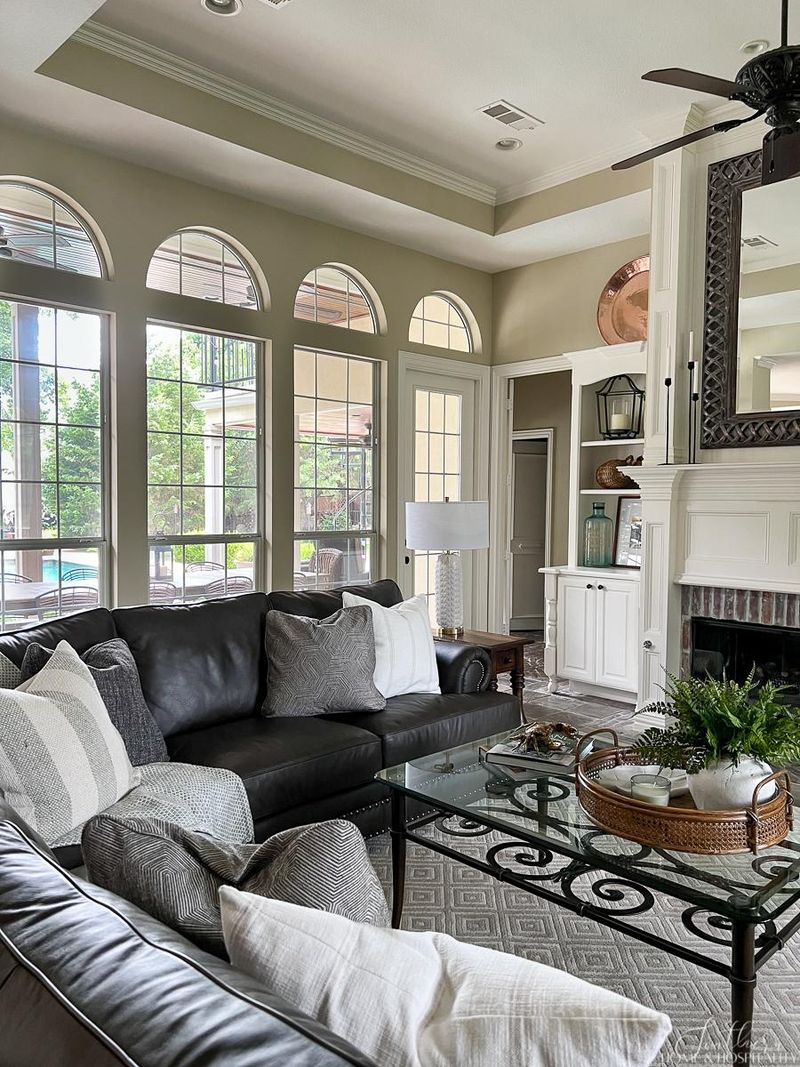
Flat, one-dimensional rooms lacking textural variety immediately read as incomplete to wealthy visitors. Their homes feature deliberate texture mixing rough with smooth, matte with glossy, soft with hard creating sensory richness that elevates spaces.
Affluent homeowners understand that texture adds depth even in monochromatic schemes. When they enter rooms with matching furniture sets, identical fabric finishes, and no contrasting materials, they notice the missed opportunity for dimensional interest. Adding texture doesn’t require expense a basket, a textured throw, ceramic pieces, or natural elements like wood and stone create tactile variety.
Wealthy people recognize that even budget-friendly homes can feel luxurious through thoughtful texture layering, which engages both visual and tactile senses to create spaces that feel complete and intentionally designed rather than flat and forgettable.


